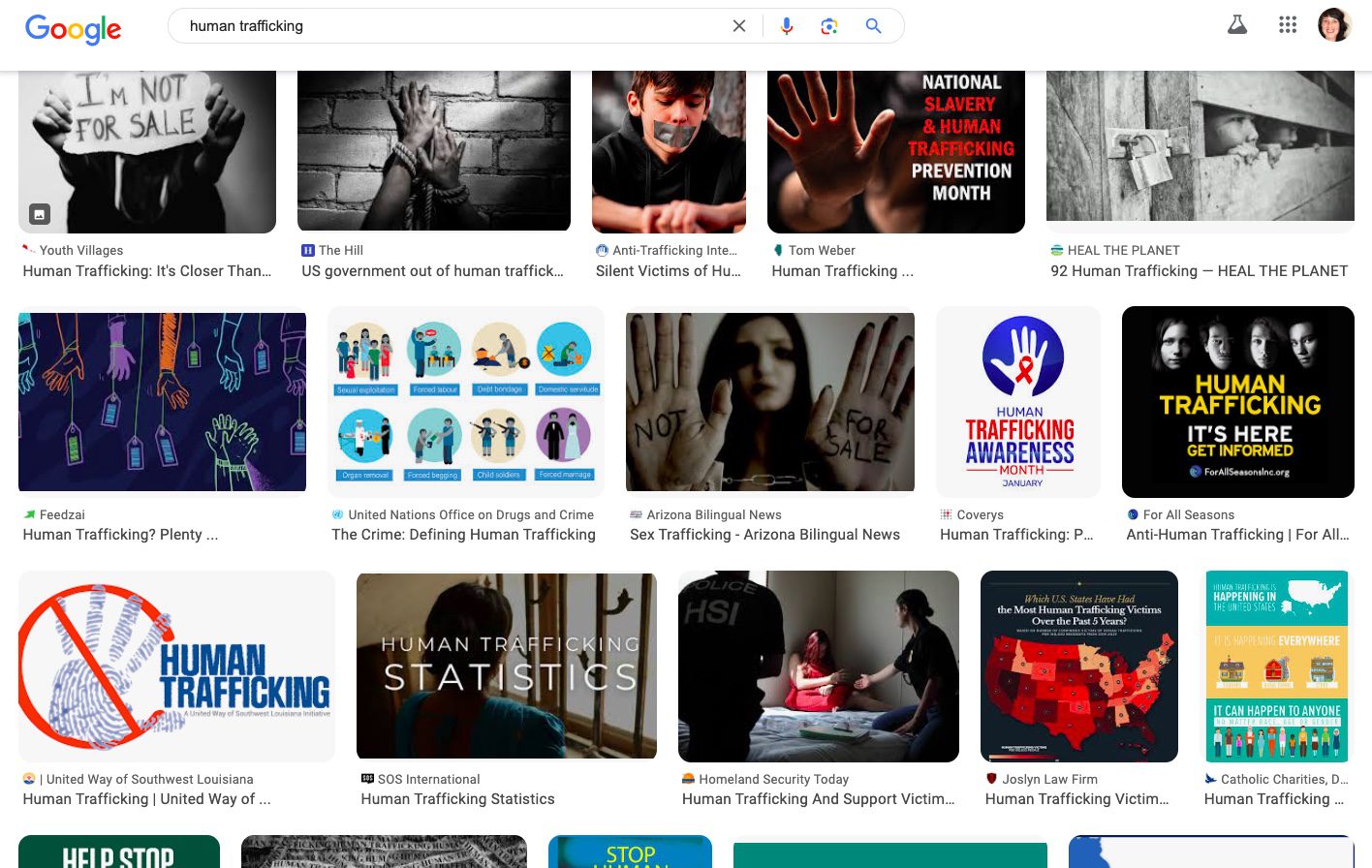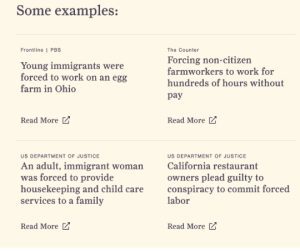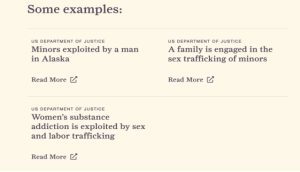
Ideal Human Trafficking Victims versus Reality: A Content Analysis of US-Based NGO Websites
Abstract
This project analyzes how a selection of United States (US)-based NGOs (non-governmental organizations) portray victims of human trafficking in the US by conducting a content analysis of their homepage photographs and key terms used to define victims of human trafficking. Content analyses of each NGO’s materials are conducted to create individual victim profiles; they are then compared to a victim profile based on US federal human trafficking data from 2022, which approximates each profile’s high-level accuracy in depicting the reality of human trafficking in the US. This project finds that NGOs commonly depict the ideal victim as impoverished, undocumented, non-US citizen women who are involved in sex trafficking. Compared to federal data, these NGO representations align on victim gender and common vulnerabilities, but diverge regarding age, sexuality, citizenship, and trafficking type. These inconsistencies are most likely because federal data collection does not accurately represent all human trafficking experiences in the US, though there is the risk that inaccurate NGO portrayals are influencing how federal data is collected/categorized and vice versa. This report concludes with the proposal that it may be productive to advocate for more fine-grained data collection on human trafficking victims beyond the limited scope of federal court cases to better assess the accuracy of NGO portrayals and suggest media revisions.
Read full research piece on page 378 of the CURIEUX Academic Journal
Appendix: Images to accompany the research paper
Figure 1

Figure 2

Figure 3

Figure 4

